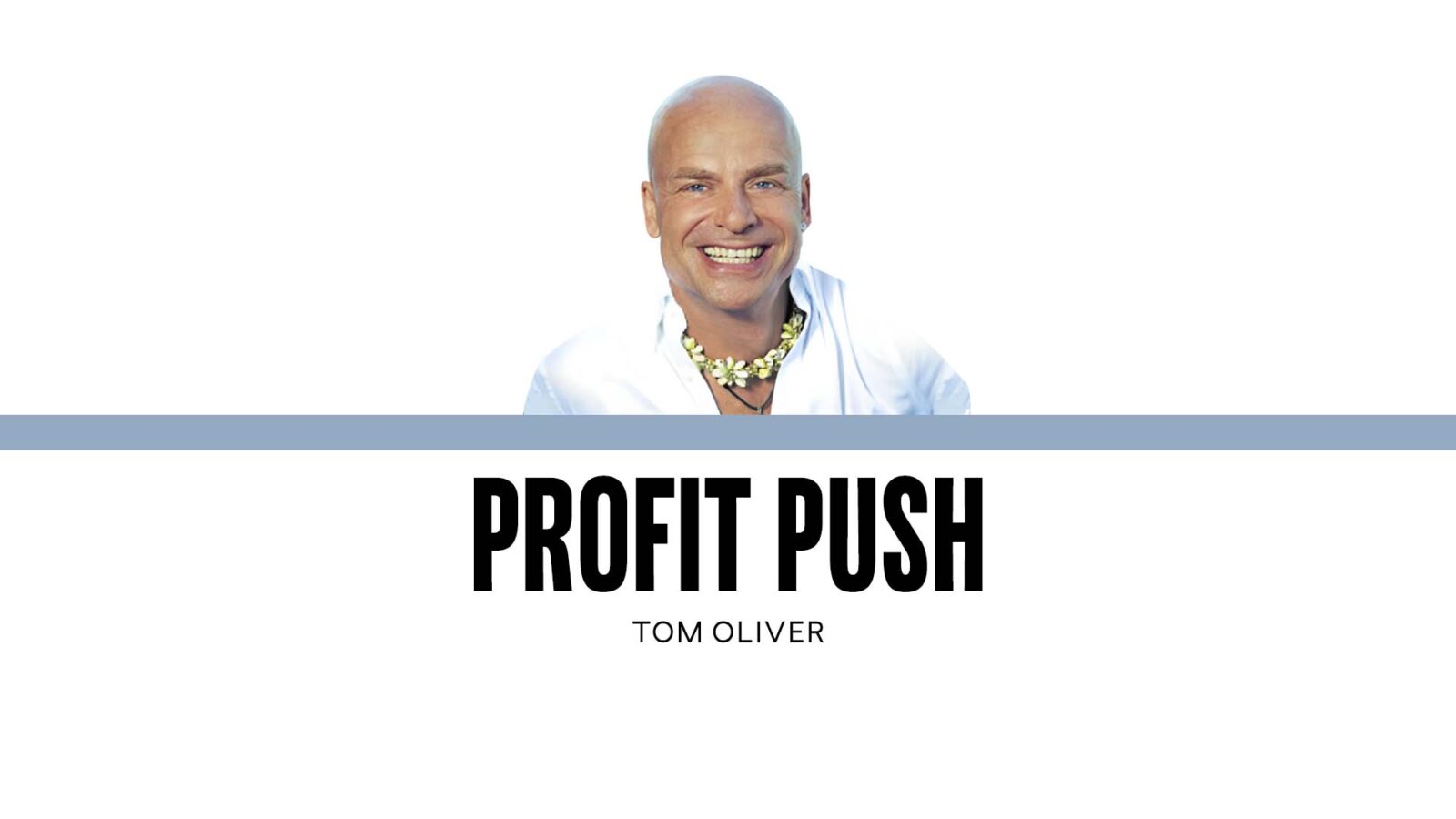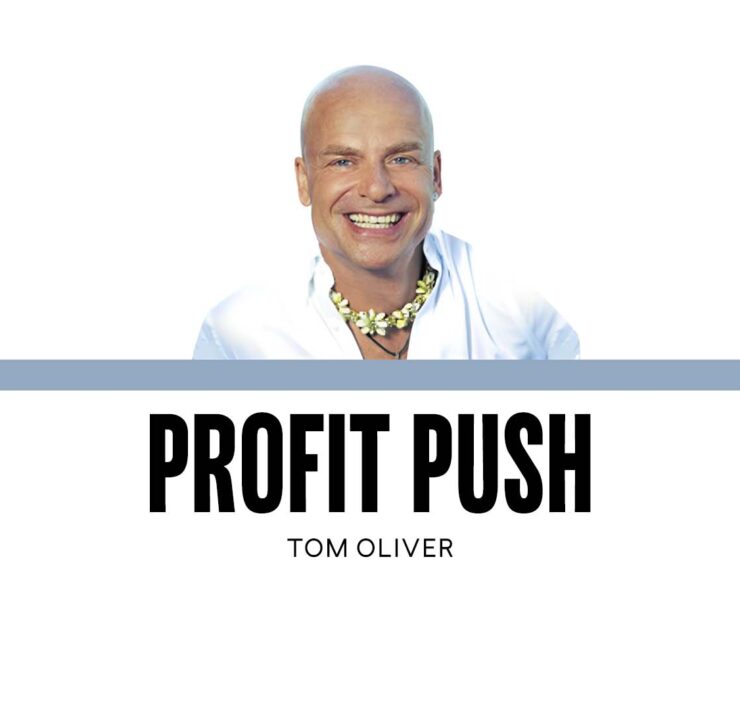The arrogance trap: Why great CEOs embrace humility

Arrogance doesn’t arrive with a warning label. It creeps in on the back of success, silencing dissent, shrinking curiosity and replacing facts with certainty. The result is predictable: blind spots widen, teams go quiet, risk climbs and strategy drifts.
Your job as a CEO or owner is not to be right; it’s to see reality as clearly as possible and then make the best strategic decisions. That requires building mechanisms that surface truth fast, even when it stings.
Principle 1: Clarity beats certainty
Decisions improve when reality is seen as it is, not as we wish it to be. Leaders who confuse confidence with correctness filter out inconvenient data.
Humble leaders design for clarity: they ask better questions, run small tests and make reversible moves first. They treat beliefs as hypotheses, not facts. This mindset keeps optionality high and error costs low.
Principle 2: No one sees the whole board
To a man with a hammer, every problem looks like a nail. Expertise narrows vision; success tightens the tunnel. Great leaders expand their field of view by surrounding themselves with independent thinkers who see what they can’t.
Outside advisors, dissenting voices and front-line operators provide angles you will never generate alone. If your calendar and culture don’t create these inputs by design, you’re flying with instruments off.
Principle 3: Humility is a performance multiplier
Humility is not the absence of will. It is willpower pointed at learning. It invites challenge, credits others and focuses recognition on results, not rank.
Teams do their best work when the boss listens first and speaks last. Psychological safety is not softness; it’s the operating system for speed, accountability and innovation.

Arrogance kills performance
One of our past clients, a next-gen hotshot who inherited the business and had grown up with five nannies and staff surrounding his every move, felt he was entitled to bully everyone and cut corners. Hubris and arrogance.
The price he had to pay? Missed opportunities, competitors seizing market share while he was busy portraying himself as a “master of all trades.” Finally the patriarch, his father, got me and my team on board to course correct, professionalize and put the conglomerate on the path of profitability.
Arrogance taxes every part of the business. Then leaders double down on bad bets to defend ego, not outcomes. Micromanagement throttles execution; decisions queue behind the corner office. A-players exit when ideas outrank evidence. Boards get performance theater instead of performance truth. Capital is misallocated to pet projects because “the boss knows.” The most dangerous moment in an enterprise is often right after a win; that’s when overconfidence peaks and vigilance drops.
Arrogance is the silent killer of performance because it hides in the stories success tells about itself. Humility is the system that keeps those stories from becoming strategy.
Build mechanisms that surface truth, invite dissent and reward adaptation. See reality clearly; decide cleanly; move quickly; learn relentlessly. That is how great companies stay great. Choose clarity over certainty. Every day. Now.
Here are warning signs that you’re slipping into the trap. If any of these ring true, press pause. You’re rewarding certainty over truth:
• Meetings go quiet after you speak; no one challenges your view.
• Bad news travels slowly—or not at all—until it’s a crisis.
“We’ve always done it this way” wins more than fresh evidence.
• You defend a plan harder after contrary data appears.
Solution: Design for reality
Humble leaders move faster because they argue with data, not with people. They create short feedback loops, celebrate course correction and separate status from decision rights.
In practice, this looks like: premortems to stress-test plans; red-team reviews to attack assumptions; decision briefs that make trade-offs explicit; and after-action reviews that convert mistakes into systems. Humility compounds because learning compounds.
You cannot rely on personality to stay humble; you must design systems that keep you honest:
• Information plumbing: Direct, unfiltered channels from customers and the front line. No sugarcoating.
• Decision hygiene: Define who decides, based on what evidence, by when. Write the one-page decision memo before you debate.
• Contrarian input: Assign a rotating “devil’s advocate” for major bets. Shoot holes in every plan. Fund small experiments to test contrarian theses.
• Metrics that bite: Track lead indicators, not vanity metrics. Agree in advance on kill-criteria for projects.
• Board calibration: Recruit directors who challenge you and reward candor over comfort.
Authority grows when humility shows
- When context shifts, ego kills: Markets pivot faster than egos. Artificial intelligence, regulation, supply chains, consumer behavior—any one can flip the game board.
Humility keeps organizations adaptable—you notice weak signals, pivot early and scale what works. Arrogance waits for perfect proof, then arrives late with maximal exposure.
- Speak last: There is a reason why Richard Branson always speaks last in team meetings. The humble discipline is to set intent, then listen. Ask: “What would make this plan fail?” “What data changed your mind?” “What are we not seeing?”
Capture opposing views in writing. Only then decide—explicitly stating assumptions, risks and the trigger points that will force a course change. You protect the decision by protecting the learning.
- Strength without swagger: Stakeholders don’t need theater; they need stewardship. The strongest signal a leader can send is intellectual honesty. Say “I don’t know” when you don’t. Say “I was wrong” when you were. Then fix it fast.
Personal operating system for humility
- Daily: Journal one assumption you changed and one decision you delayed to get a fact.
- Weekly: Invite a contrarian brief from someone two levels down; reward the sharpest critique.
- Monthly: Hold a “truth summit” with external advisors; ask them to rate your blind spots.
- Quarterly: Audit the portfolio for pet projects; exit or resize ruthlessly.
- Annually: Reset the strategy using zero-based thinking: if we started today, would we still do this?
Five to thrive
1. Ask better questions: Start with “What am I missing?” and “What would prove us wrong?”
2. Speak last: Let independent views surface before you weigh in.
3. Stress-test decisions: Premortems, red teams and small experiments before big bets.
4. Codify learning: Run after-action reviews; update playbooks; retire failed plays.
5. Separate ego from mission: Celebrate truth over rank; kill pet projects fast.
Tom Oliver, a “global management guru” (Bloomberg), is the chair of The Tom Oliver Group, the trusted advisor and counselor to many of the world’s most influential family businesses, medium-sized enterprises, market leaders and global conglomerates. For more information and inquiries: TomOliverGroup.com or email Tom.Oliver@inquirer.com.ph.
Tom Oliver, a “global management guru” (Bloomberg), is the chair of The Tom Oliver Group, the trusted advisor and counselor to many of the world’s most influential family businesses, medium-sized enterprises, market leaders and global conglomerates. For more information and inquiries: www.TomOliverGroup.com or email Tom.Oliver@inquirer.com.ph.



















The years before everything else